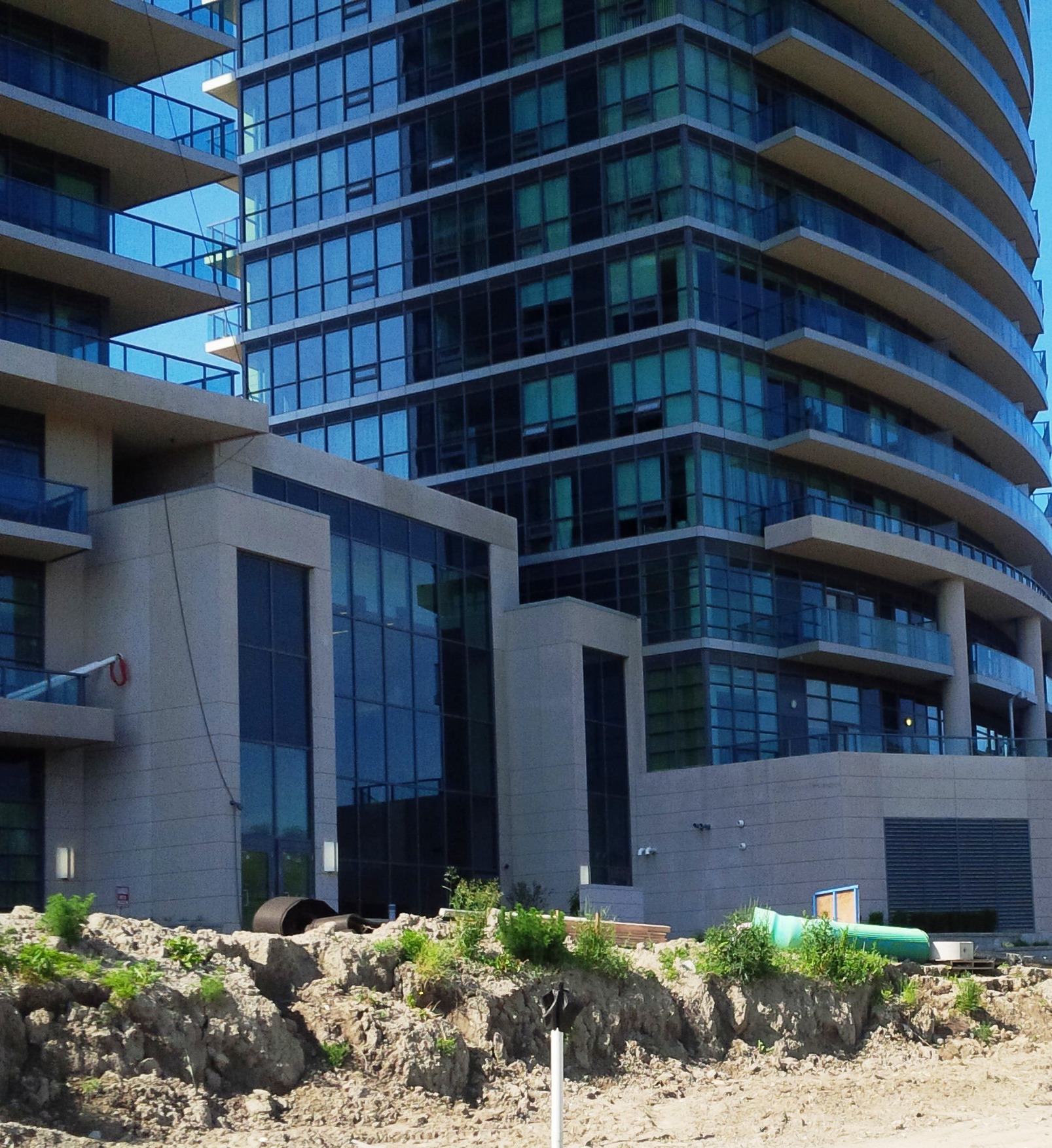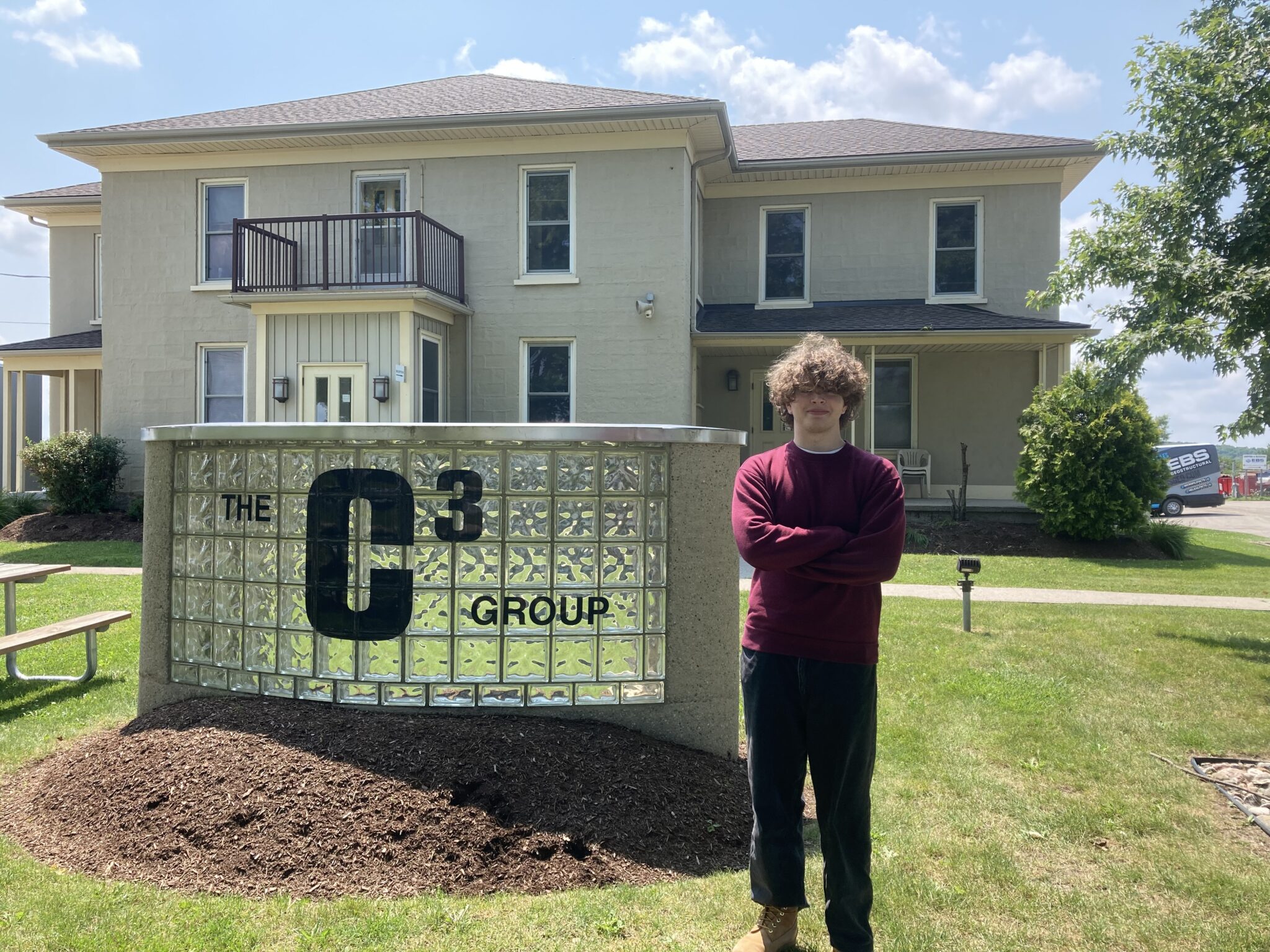
Season’s Greetings From Peritus
With the holiday season already upon us, we want to express our heartfelt thanks for your continued partnership throughout 2024.
Toronto, Ontario

Our Client proposed the transformation of a property into parkland, adjacent to residential buildings. The soil beneath the site had been impacted by fill material of unknown quality, with potential for landfill gas migration from an adjacent site. The need for a Record of Site Condition (RSC) as per Ontario Regulation 153/04 (O.Reg.153/04) was required for the residential development, but the extensive costs and timeline associated with conventional remediation posed a challenge.
Using the Phase Two Environmental Site Assessment findings, our Project Team identified contamination with trichloroethylene (TCE) and petroleum hydrocarbons resulting from the imported fill. To navigate the cost and schedule challenges, we devised an innovative approach merging strategic remediation and a Risk Assessment (RA). The remediation strategy focused on removing the highest concentrations of TCE-impacted soil that could not be effectively managed within the RA’s parameters. This ‘hot spot’ removal paved the way for property-specific standards for remaining contaminants, compliant with O.Reg.153/04.
By evaluating the hydrogeological conditions, future land use, and adjacent property considerations, our team crafted Risk Management Measures (RMMs) to minimize exposure of human and ecological receptors to residual soil and groundwater contaminants. Soil vapour screening and ecological protection measures were implemented to support on-site protection. A passive venting system was installed to prevent the off-site human receptors in adjacent condos from exposure to impacted soil vapour, notably methane, via vapour intrusion.
The successful integration of the Risk Assessment and strategic remediation enabled our Client to apply for a Record of Site Condition (RSC) without the need for extensive removal of all contaminated soils across the site. This forward-thinking approach not only reduced costs, but also expedited the RSC acquisition process.
Our tailored approach not only met regulatory RSC requirements, but also offered a cost-effective alternative to conventional remediation. By addressing contamination hotspots and strategically managing remaining contaminants, our Client could proceed with their project, saving resources and time.
Unique combination of Risk Assessment and strategic remediation.
Development of property-specific contamination standards.
Innovative risk management measures for on-site and off-site receptors.
Contact us below and we will be happy to assist you.

With the holiday season already upon us, we want to express our heartfelt thanks for your continued partnership throughout 2024.

Hi there! My name is Sam, and I have just finished Grade 11. I am excited to be starting a

Articles As I sat in a recent Peritus strategy meeting, contemplating the trajectory of our company in the coming years,
320 Woolwich Street South
Breslau, ON N0B 1M0
519.594.0018
5403 Eglinton Avenue West, Suite 100
Toronto, ON M9C 5K6
416.479.4462
Email us directly: in**@********nv.com
Call us: (519) 594-0018
© 2025 Peritus Environmental Consultants Inc. All Rights Reserved.